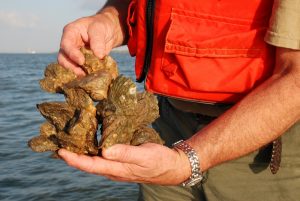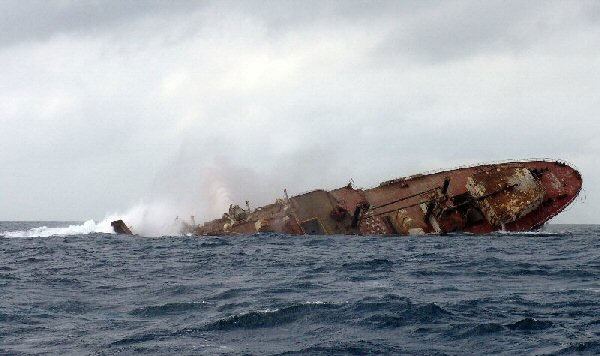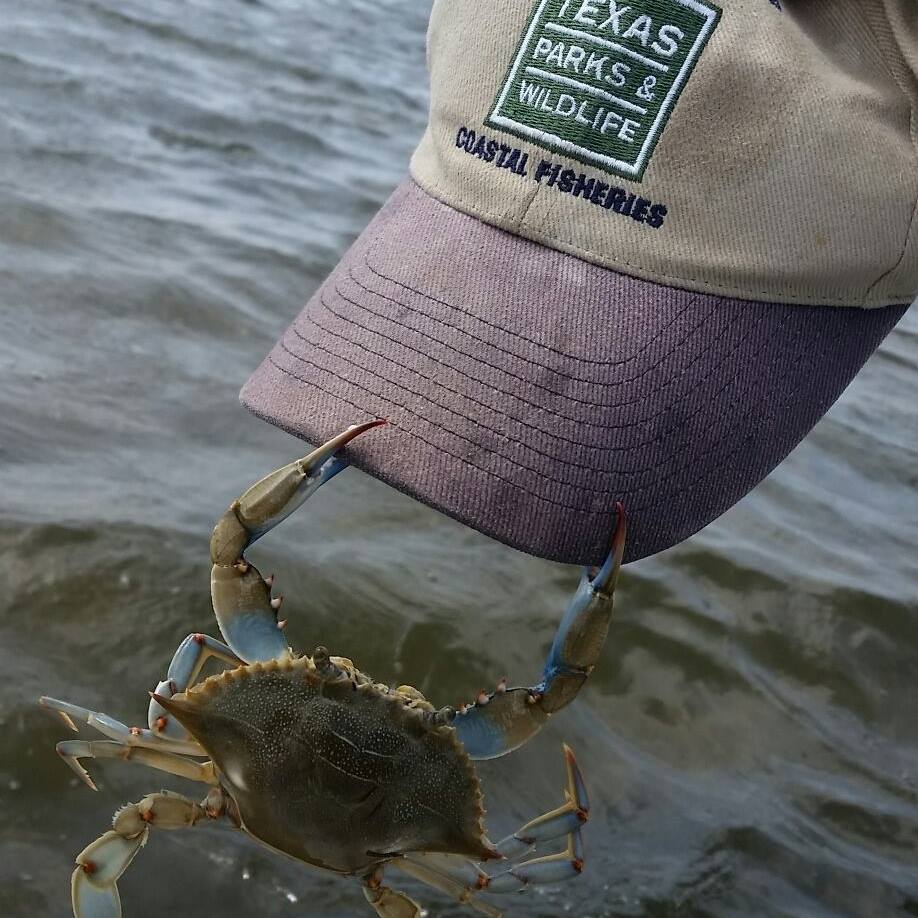Rebuilding Texas’ Oyster Habitat
Thursday, June 27th, 2019This is Passport to Texas
Texas has been one of the country’s top oyster producing states since the late 1800’s. Oysterman, Mauricio Blanco has worked the Port Lavaca region for over 30 years.
It’s been a pretty good place over the years. We got so much salt in our blood. That’s what I love to do
But, declining limits on commercial harvests have been signaling a problem for years.
Most oyster reefs are operating on the border of sustainability. Everyone realizes that something needs to be done.
Bill Rodney is a costal ecologist
They’ve been suffering from a number of stressors including drought and hurricanes. On top of that, there’s a lot of fishing pressure being put on.
A historic restoration plan is now in place to rebuild the reefs. A new law requires oyster dealers to recycle their old shell or pay a restoration fee.
The key to restoring the habitat is putting fresh cultch out there. Cultch can be any material that oysters can grow on.
Crushed limestone and recycled oyster shells make an excellent substrate for oyster larva to attach to and grow into spat, which are baby oysters
The site will be closed to commercial harvest for two years, allowing the baby oysters time to grow to adulthood. By the fall, there should be millions of baby oysters growing on this rock out here.
The sport fish restoration program supports our series.
For Texas Parks and Wildlife…I’m Cecilia Nasti.





 Passport to Texas is a
Passport to Texas is a  Passport to Texas is made available by:
Passport to Texas is made available by: